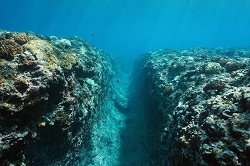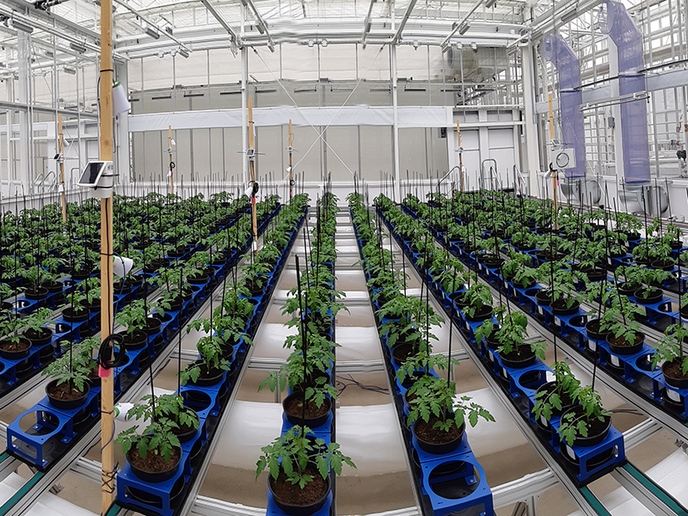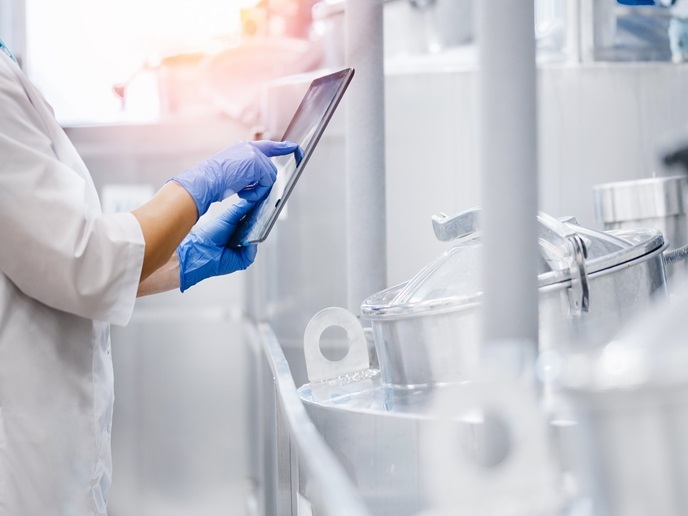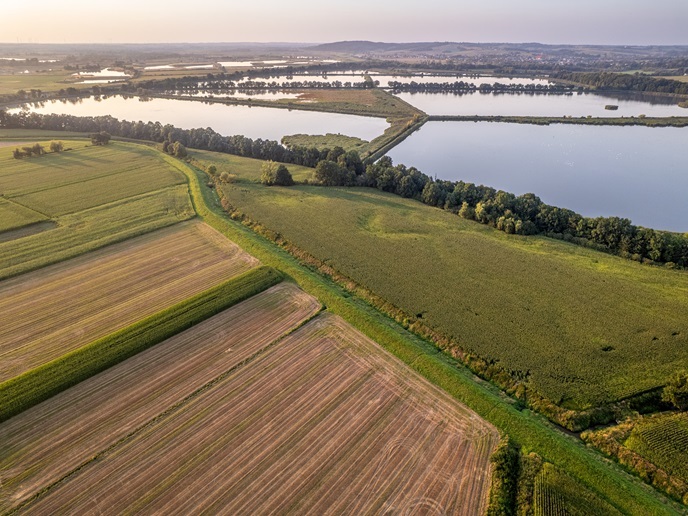Marine biodiscovery digs deep in the quest for new treatments
With clarion calls, such as the 10 x 20 initiative from the Infectious Diseases Society of America for 10 new antibiotics by 2020, there is a widely-recognised need to source new medicines. Recent exploration and analytical advances have highlighted extreme environments, once thought insurmountable to life, as rich habitats for novel bioactive communities. Despite the ocean depths holding out much promise, realising new marine-based compounds face a number of developmental hurdles. These include challenges related to access (physical and legal), biology (knowledge of genetics and compound isolation) and exploitation (pipeline bottlenecks). The EU-funded PHARMASEA project succeeded in developing a robust pipeline capable of processing marine microbial genomes from strain collections held by partners and new strain collections retrieved from extreme environments (deep, cold and hot vent habitats). The project isolated compounds with characteristics desirable for a range of market sectors including health, where the team developed products to treat infection, inflammation and central nervous system (CNS) diseases. PHARMASEA succeeded in creating compounds with demonstrable anti-epileptic and anti-Alzheimer properties. Exploring deep ocean trenches for new microorganisms PHARMASEA’s guiding philosophy was simple, that unique and/or extreme environments will likely yield new species of microorganisms, as products of different evolutionary pathways. The project coordinator Professor Marcel Jaspars explains, ‘We chose deep seas and the polar regions especially, believing they generate unique biodiversity giving rise to unusually biologically active chemistry. This has proven to be an accurate hypothesis.’ With so little of this extreme environment explored before, the team’s first challenge was one of access. Working with EUROFLEETS II, the EU-funded marine research collaboration initiative and its ‘PharmaDEEP’ cruiser, the team managed to obtain both deep and cold samples from the South Shetland Trough, Antarctic. Recalling the processing of this sediment Professor Jaspars says, ‘We used microbiology techniques to isolate single strains of microorganisms, then grew these in special conditions. Next, we used separation techniques to isolate the chemicals they produce, and assessed their novelty and diversity using a sophisticated database approach developed during PHARMASEA. Simultaneously we tested materials’ biological activity and assessed their biosynthetic potential by genome scanning. Those that were positive for chemistry, bioactivity and genetics were prioritised for isolation and structural characterisation.’ To speed up the discovery of chemical novelty the team used chemometrics, datamining and computer aided structure elucidation. The PHARMASEA databases and dereplication tools were used to also help identify known compounds, pinpoint unknown compounds and accelerate the complex process of clarifying their structure. New compounds with novel mechanisms of action were also uncovered thanks to innovative assays and counter-screens. PHARMASEA succeeded in producing five marine-derived compounds which were progressed to animal models for CNS diseases. Two non-toxic compounds with drug-like properties derived from a marine sponge showed positive results in an Alzheimer’s disease behavioural model, including reduced inflammation that may precede disease. Using a zebrafish model, three compounds have also proceeded to animal trials for the treatment of epilepsy, again shown to be drug-like and non-toxic. Of these, two compounds from a marine fungus reduced seizures significantly in the gold-standard animal model for epilepsy. Influencing policy and enhancing economic performance Currently, the team is running further tests on the epilepsy compounds, working towards human clinical trials. For Alzheimer’s treatment, the team will patent active analogues and develop them further through an EU-US partnership. As Professor Jaspars concludes, ‘In terms of the so-called ‘blue economy’ we have shown that materials from deep and cold oceans may contain high value chemicals. By contributing to European technological know-how through these interdisciplinary advances, PHARMASEA helps ensure the region’s completeness.’ However, reducing bottlenecks in the biodiscovery exploitation pipeline, also requires policy solutions. To improve marine bioresource access in different habitats and jurisdictions, while promoting the equitable sharing of benefits, PHARMASEA worked with a range of policymakers from the UN, the EU and national blocs, such as the African Union. PHARMASEA was able to provide policy options for the UN Preparatory Committee on the Sustainable Use of Marine Biodiversity in Areas Beyond National Jurisdiction, based on the project’s scientific good practice expertise.







